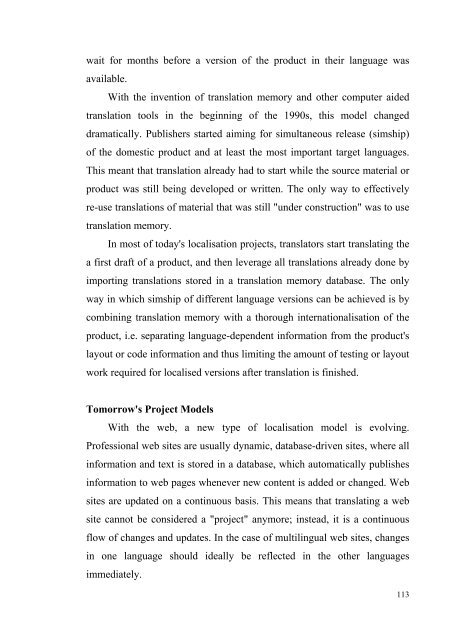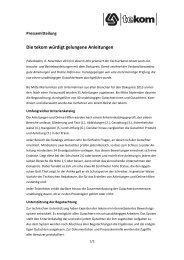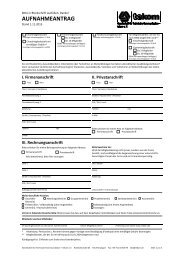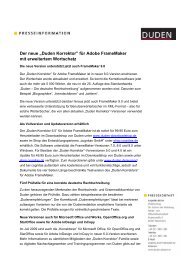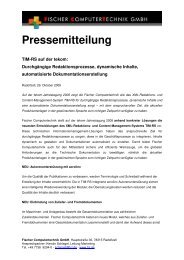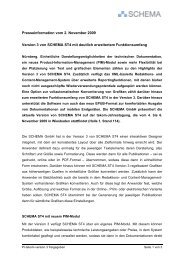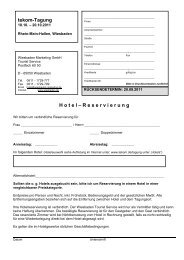qui - Tekom
qui - Tekom
qui - Tekom
You also want an ePaper? Increase the reach of your titles
YUMPU automatically turns print PDFs into web optimized ePapers that Google loves.
wait for months before a version of the product in their language was<br />
available.<br />
With the invention of translation memory and other computer aided<br />
translation tools in the beginning of the 1990s, this model changed<br />
dramatically. Publishers started aiming for simultaneous release (simship)<br />
of the domestic product and at least the most important target languages.<br />
This meant that translation already had to start while the source material or<br />
product was still being developed or written. The only way to effectively<br />
re-use translations of material that was still "under construction" was to use<br />
translation memory.<br />
In most of today's localisation projects, translators start translating the<br />
a first draft of a product, and then leverage all translations already done by<br />
importing translations stored in a translation memory database. The only<br />
way in which simship of different language versions can be achieved is by<br />
combining translation memory with a thorough internationalisation of the<br />
product, i.e. separating language-dependent information from the product's<br />
layout or code information and thus limiting the amount of testing or layout<br />
work re<strong>qui</strong>red for localised versions after translation is finished.<br />
Tomorrow's Project Models<br />
With the web, a new type of localisation model is evolving.<br />
Professional web sites are usually dynamic, database-driven sites, where all<br />
information and text is stored in a database, which automatically publishes<br />
information to web pages whenever new content is added or changed. Web<br />
sites are updated on a continuous basis. This means that translating a web<br />
site cannot be considered a "project" anymore; instead, it is a continuous<br />
flow of changes and updates. In the case of multilingual web sites, changes<br />
in one language should ideally be reflected in the other languages<br />
immediately.<br />
113


